Q
Is a Kia Rio a good car to buy?
The Kia Rio is an economical sedan suitable for Malaysian consumers. Its advantages include excellent fuel economy, low maintenance costs, and practical tech features, such as a touchscreen entertainment system and a rear - view camera. It's very suitable for city commuting and daily use. The Rio has a young and fashionable exterior design, and its interior layout is simple. Although some of the materials are mainly hard plastics, the overall workmanship is solid, which meets its price positioning.
In the Malaysian market, the Rio is relatively affordable, and Kia has a well - established after - sales service network, which can provide reliable warranty and support. Moreover, the Rio has a smooth power performance. The 1.4 - liter and 1.6 - liter engine options can meet different driving needs. It has flexible handling, making it suitable for narrow streets and congested traffic conditions.
If you have a limited budget and need a reliable small car, the Kia Rio is a good choice. It's worth mentioning that before purchasing, it is recommended to take a test drive and compare other models in the same class, such as the Toyota Vios or the Honda City, to ensure you choose the model that best suits your needs. At the same time, you can also pay attention to the promotions and warranty policies offered by local dealers to get more benefits.
Special Disclaimer: This content is published by users and does not represent the views or position of PCauto.
Related Q&A
Q
What is the main problem for Kia Rio?
The main issues of the Kia Rio in the Malaysian market are concentrated in the transmission and electronic systems. Some owners have reported that the 4-speed automatic transmission may experience jerky shifting or slow response after long-term use, especially when starting and stopping frequently in hot weather. Minor glitches in the electronic systems, such as electric windows or the central control screen, also need attention. As an economy hatchback, its 1.4L engine is fuel-efficient but lacks a bit of power when overtaking on the highway. It's more suitable for city commuting rather than aggressive driving.
It's worth noting that the rainy and humid climate in Malaysia can accelerate the aging of the chassis rubber parts. Owners are advised to regularly check the suspension components and the braking system. Actually, a common problem with entry-level models like this is the limited use of materials due to cost control. However, the advantage of the Rio is its low maintenance cost and abundant supply of parts. It's still a practical choice for young families on a budget. As long as the transmission fluid is changed and the circuits are inspected on time, the service life of the car can be effectively extended.
Q
Is the Kia Rio fuel efficient?
The Kia Rio performs well in terms of fuel economy, making it particularly suitable for the urban road conditions and daily commuting needs in Malaysia. Its 1.4 - liter and 1.6 - liter naturally aspirated engines paired with a 6 - speed automatic transmission can offer a relatively smooth driving experience. Meanwhile, the official data shows that the combined fuel consumption is approximately 5.5 to 6.0 liters per 100 kilometers, which is above the average level among vehicles in the same class. For Malaysian drivers who often encounter congested traffic, the fuel efficiency of the Rio can help reduce the daily cost of using the vehicle. Additionally, the lightweight body design and optimized aerodynamic characteristics of the Rio further enhance its fuel economy.
If you're interested in fuel - efficient models, you can also consider other vehicles in the same class. They may adopt different fuel - saving technologies, such as turbocharging or hybrid systems. However, the advantage of the Rio lies in its cost - effectiveness and reliability, making it suitable for consumers with a limited budget who still hope to get stable performance. Overall, the Kia Rio is an economical small car suitable for city driving, and its fuel efficiency performance is worth considering.
Q
How much is the Kia Rio retail price?
Currently, the retail price of the Kia Rio in Malaysia starts at around RM 75,000. The specific price may vary depending on the vehicle configuration, promotional activities, and regional dealer policies. It is recommended to directly contact the local authorized dealers for the latest quotes.
As an economical and practical Class B sedan, the Kia Rio is favored by many young families and urban commuters for its stylish appearance, rich configurations, and fuel efficiency. Its 1.4 - liter engine paired with a 6 - speed automatic transmission can balance power and fuel consumption. Meanwhile, it comes standard with features like Apple CarPlay/Android Auto and a number of safety functions, offering a competitive cost - performance ratio.
If you're considering models in the same class, you can also refer to the specifications and prices of other brands such as the Toyota Vios or Honda City. However, note the differences in warranty terms and after - sales networks among different brands. It is advisable to take a test drive and make a choice based on your personal needs. Also, keep an eye on the potential tax incentives for energy - efficient vehicles introduced by the government, which may further reduce the cost of purchasing a car.
Q
Is the Kia Rio a SUV?
The Kia Rio isn't an SUV. Instead, it's a B-segment compact hatchback or a four-door sedan. It's mainly designed to meet the needs of urban driving, featuring economic practicality and flexible handling. In the Malaysian market, the Rio is popular among young consumers and small families for its stylish appearance, rich configurations, and affordable price. However, its body size and chassis height are significantly smaller than those of an SUV, making it more suitable for daily commuting rather than off-road or complex road conditions.
If you're looking for SUV options in the same class, you can consider the Stonic or Seltos from Kia. They have a higher ground clearance and more spacious interiors, better suited to Malaysia's diverse road conditions. It's important to note that when choosing a vehicle, you should make a decision based on your own needs. SUVs are ideal for users who prioritize space and passability, while compact cars like the Rio have an edge in fuel economy and parking convenience.
Q
Why is the Kia Rio being discontinued?
The gradual discontinuation of the Kia Rio in the Malaysian market is mainly related to global automotive market trends and the brand's strategic adjustments. Many automakers are shifting their resources towards the more popular SUV and electric vehicle sectors. As a result, the market demand for the Rio, a compact sedan, has declined. Meanwhile, Kia is also optimizing its product line to meet the upgraded emission regulations and changing consumer preferences.
For Malaysian consumers, although there is still demand in the small car market, more buyers prefer models with larger space and more comprehensive functions. Therefore, automakers will adjust their product strategies accordingly. However, the reliability and economy of the Rio are still worthy of recognition. Its discontinuation doesn't mean there is something wrong with the model itself, but rather the result of market dynamics.
If you're considering buying a similar model, you can pay attention to small cars from other brands or new models under Kia. They may be equipped with newer technologies, such as more efficient engines or intelligent driving assistance features. At the same time, there are also many models suitable for local road conditions and climate available in the Malaysian market.
Latest Q&A
Q
Is Challenger 2 seater or 4 seater?
As a classic American muscle car, the seating configuration of the Challenger depends on the specific model version. Take the Dodge Challenger, which is quite common in the Malaysian market, as an example. The standard version of this car features a 2+2 four-seat layout (two full-sized seats in the front row plus two smaller seats in the rear row). However, high-performance versions like the SRT Hellcat may remove the rear seats and adopt a pure two-seat design to reduce the vehicle's weight.
Malaysian consumers should note that there may be differences in the configurations of imported models with different production years and displacements. It is recommended to confirm the specific specifications through local authorized dealers.
It's worth noting that this type of American muscle car is a niche model in Malaysia. Its wide body size (with a length of over 5 meters) requires some adaptation when driving on local narrow roads. Nevertheless, the powerful sound of the V8 engine and its classic styling still attract many car enthusiasts.
If practicality is a major consideration, SUV models like the Durango from the same brand are more suitable for family use. On the other hand, the Challenger is more suitable for enthusiasts who pursue the American-style sentiment and the experience of straight-line acceleration.
Q
What are the disadvantages of a Dodge Challenger?
The Dodge Challenger, as a classic American muscle car, has unique charm in terms of power performance and design style. However, it also has some limitations in the Malaysian market. First of all, its large-displacement engines (such as the 5.7L or 6.4L HEMI) result in high fuel consumption. In an environment where fuel prices in Malaysia fluctuate greatly, this may increase the cost of use. At the same time, the emission standards may also face stricter compliance requirements. Secondly, with a length of over 5 meters and a relatively wide wheelbase, it has poor flexibility on narrow roads or in old-style parking lots in cities like Kuala Lumpur. It is not as convenient as compact cars for daily commuting. In terms of interior space, although the front row is spacious, the rear-seat legroom is relatively cramped, making it more suitable for two passengers. In addition, as an imported vehicle, its parts supply cycle is long and the maintenance cost is higher than that of locally assembled models. Also, special attention should be paid to the performance of the factory-configured summer tires on wet roads in Malaysia's rainy climate. It's worth noting that the suspension tuning of American muscle cars is on the stiffer side, which may affect comfort in some areas of Malaysia with poor road conditions. However, for car enthusiasts who pursue personalization and the sound of a V8 engine, these features may also be regarded as part of its unique charm. It is recommended that potential buyers weigh their needs according to their actual usage scenarios.
Q
Is a Challenger an everyday car?
As a classic American muscle car, the Dodge Challenger was originally designed with a greater emphasis on performance and driving pleasure rather than daily commuting. However, it can still be used as a daily vehicle in specific usage scenarios in Malaysia. This car is equipped with large-displacement HEMI V8 engines (such as the R/T or Hellcat versions), which offer powerful performance but come with high fuel consumption. It may not be very cost-effective in congested areas like Kuala Lumpur. Nevertheless, the 3.6L V6 version (such as the SXT) has relatively better fuel efficiency, making it more suitable for daily driving.
The chassis of the Challenger is tuned to be on the stiffer side, which is well-suited to the good highway conditions in Malaysia. But when it comes to the old urban roads, the ride comfort will be reduced. In terms of interior space, the four-seat design can meet the needs of small families, and the trunk has a volume of up to 462 liters, making it more practical than many sports cars.
It's worth noting that in Malaysia's hot climate, special attention should be paid to mechanical heat dissipation. Moreover, the right-hand-drive version can only be obtained through parallel imports, and the maintenance cost will be higher than that of ordinary Japanese cars. If you have a sufficient budget and prefer the American style, the unique styling and exhaust sound of the Challenger can definitely turn a lot of heads. However, if you're looking for practicality at the same price, you can also consider Japanese performance sedans or European hot hatches. When making a choice, it is recommended to weigh the actual commuting distance and road conditions. After all, the charm of a muscle car lies in unleashing its wildness rather than compromising for daily use.
Q
Are challengers fuel efficient?
As a classic American muscle car, fuel economy isn't the main selling point of the Dodge Challenger. Especially in the V6 or V8 engine versions commonly seen in the Malaysian market, the urban fuel consumption is about 12-15 liters per 100 kilometers, and it can drop to 9-11 liters per 100 kilometers during highway cruising. This is slightly higher compared to Japanese or European performance cars in the same class, but it aligns with its emphasis on large-displacement power output and retro design concept.
If you're considering fuel efficiency, you can focus on the SXT version equipped with a 3.6L Pentastar V6 engine, or choose options like the rear-axle differential and active exhaust to improve highway cruising efficiency. Malaysian consumers should note that this type of American car is more suitable for long-distance driving or for collectors. If you commute frequently and care about fuel consumption, you can also compare local popular hybrid models such as the Toyota Camry Hybrid or the Honda City RS, which can optimize fuel performance while maintaining power.
When making an actual choice, it's advisable to consider your own driving habits and fuel budget, and take a test drive to experience the unique driving feel and the charming engine roar of an American muscle car.
Q
Do challengers last long?
The Dodge Challenger, a classic American muscle car, performs quite reliably in terms of durability. Especially its V8 engine versions like the Hellcat or Demon, with their robust mechanical structures and mature powertrain technologies, can run for a long time under proper maintenance. The climate in Malaysia is hot and humid. It's recommended that car owners pay special attention to the regular inspection of the cooling system and rubber parts. Meanwhile, choose engine oil and coolant suitable for the tropical climate to extend the vehicle's lifespan. American cars generally focus on low-speed and high-torque tuning, which is suitable for the stop-and-go traffic conditions in Malaysia, but they consume relatively more fuel. If you're considering long-term ownership, it's advisable to check whether the local after-sales network is well-established and if the supply of spare parts is sufficient. In fact, the durability of any vehicle highly depends on maintenance habits. Regularly replacing key components such as the timing belt and transmission fluid is crucial. For users who love muscle cars but are worried about maintenance costs, they can also consider Japanese performance cars like the Toyota Supra or the Nissan Z series, as their adaptability in tropical regions has been proven over a longer period.
View MoreRelated News
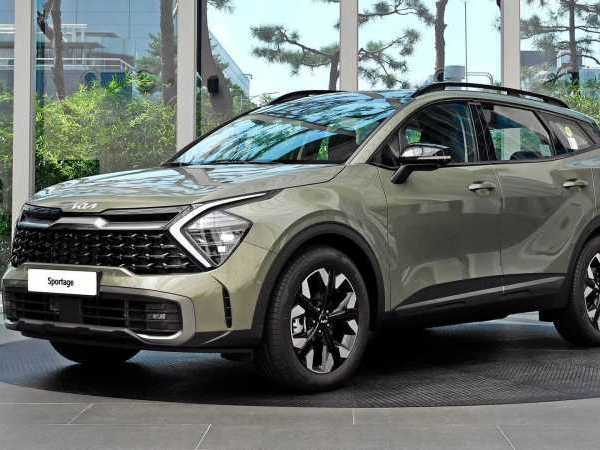
Kia Sportage: Superior Suspension for Smooth Ride
Kevin WongMay 19, 2025
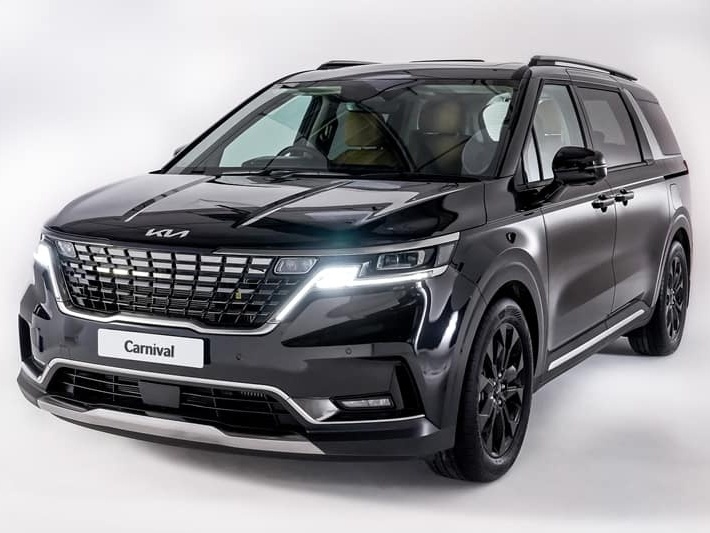
Kia Carnival: Spacious & Versatile for Every Journey
Kevin WongMay 19, 2025
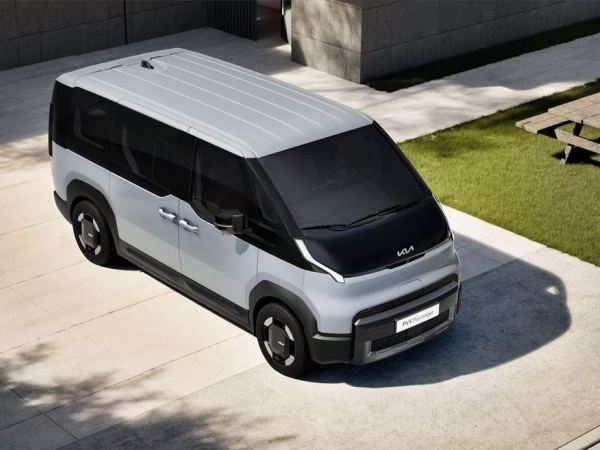
Kia reveals all details of PV5, with a maximum range of up to 400 kilometers
LienMar 11, 2025
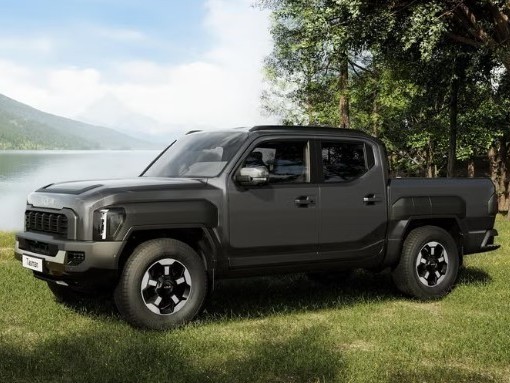
173L cargo box, 3500kg towing capacity, KIA Tasman meets all your needs!
MichaelOct 31, 2024

The interior of Kia's brand new pure electric sedan EV4 is exposed, expected to debut in mid-2025
MichaelOct 9, 2024
View More






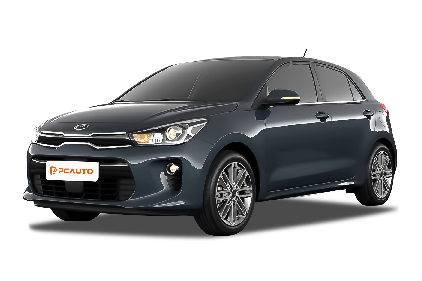
 Cars
Cars




Pros
Cons